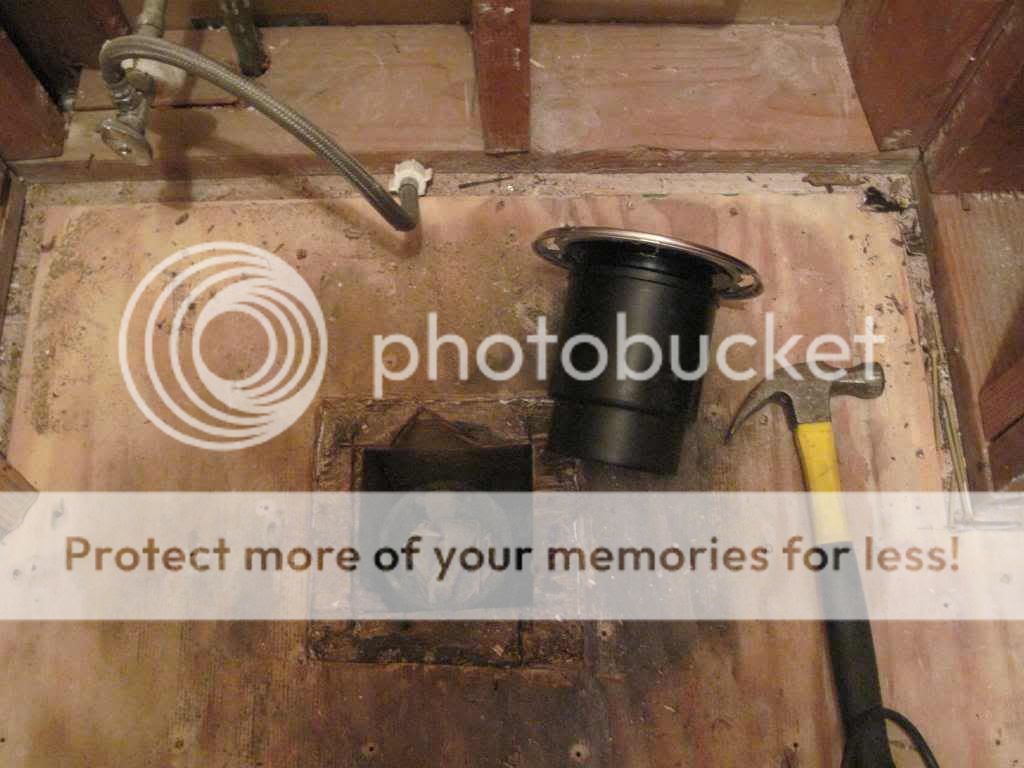Pmaru77
Member

What is the protocal for dealing with this. There is no access to the underside unless I demo the upstairs floor.
The metal part of the drain is partially rusted out....and there is no more hold-down for one side of the toilet.
Forget to mention, there was Hardy board and tile that I removed for a remodel of my bathroom. The innerds of the drain look ok but one of the anchors is rotted out as you can see in the photo.
My approach would be to clean out all the s loose stuff and epoxy on something....unless there is a better way besides ripping apart the floor.
My approach would be to clean out all the s loose stuff and epoxy on something....unless there is a better way besides ripping apart the floor.
Last edited by a moderator:


